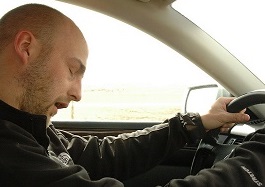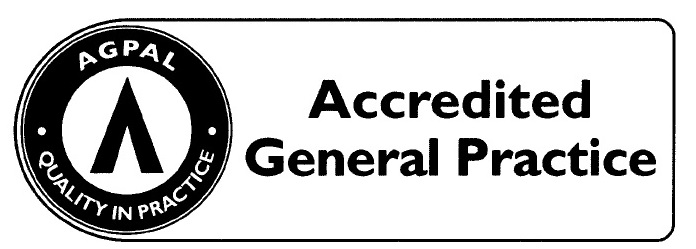Obstructive Sleep ApnoeaSleep apnoea occurs when the walls of the throat come together during sleep, blocking off the upper airway. Breathing stops for a period of time (generally between ten seconds and up to one minute) until the brain registers the lack of breathing or a drop in oxygen levels and sends a small wake-up call. The sleeper rouses slightly, opens the upper airway, typically snorts and gasps, then drifts back to sleep almost immediately. In most cases, the person suffering from sleep apnoea doesn’t even realise they are waking up. This pattern can repeat itself hundreds of times every night, causing fragmented sleep. This leaves the person feeling unrefreshed in the morning, with excessive daytime sleepiness, poor daytime concentration and work performance, and fatigue. It’s estimated that about five per cent of Australians suffer from this sleep disorder, with around one in four men over the age of 30 years affected. Degrees of severity of sleep apnoea The full name for this condition is obstructive sleep apnoea. Another rare form of breathing disturbance during sleep is called central sleep apnoea. It is caused by a disruption to the mechanisms that control the rate and depth of breathing. The severity of sleep apnoea depends on how often the breathing is interrupted. As a guide:
Symptoms of sleep apnoea  People with significant sleep apnoea have an increased risk of motor vehicle accidents and high blood pressure, and may have an increased risk of heart attack and stroke. People with significant sleep apnoea have an increased risk of motor vehicle accidents and high blood pressure, and may have an increased risk of heart attack and stroke.
In the over-30 age group, the disorder is about three times more common in men than women. Some of the associated symptoms include:
Causes of sleep apnoea Obesity is one of the most common causes of sleep apnoea. Other contributing factors include:
Source: www.betterhealth.vic.gov.au |
|
Covid-19 Notices
Flu Shot Emergency Numbers After Hours 13 74 25 Contact Hours |
Doctors
Appointments Fees About Map Links |
Immunisation
Feedback Local Pharmacies Resources Home |

| 
|

| 
| 
| 
| 
|
|---|---|---|---|---|

| 
| 
| 
| 
|



